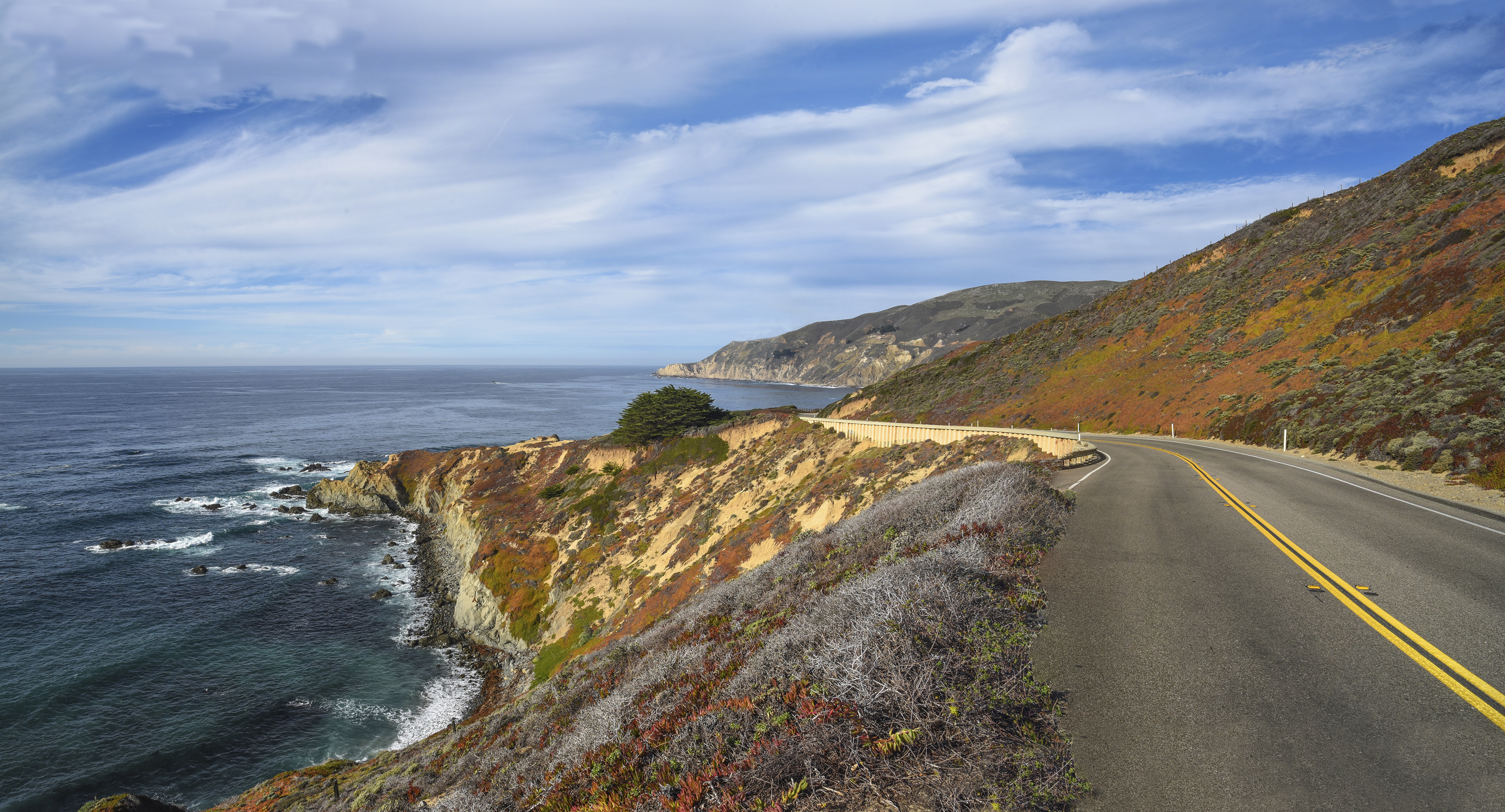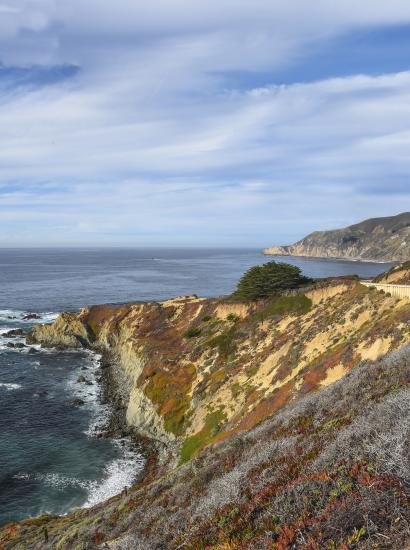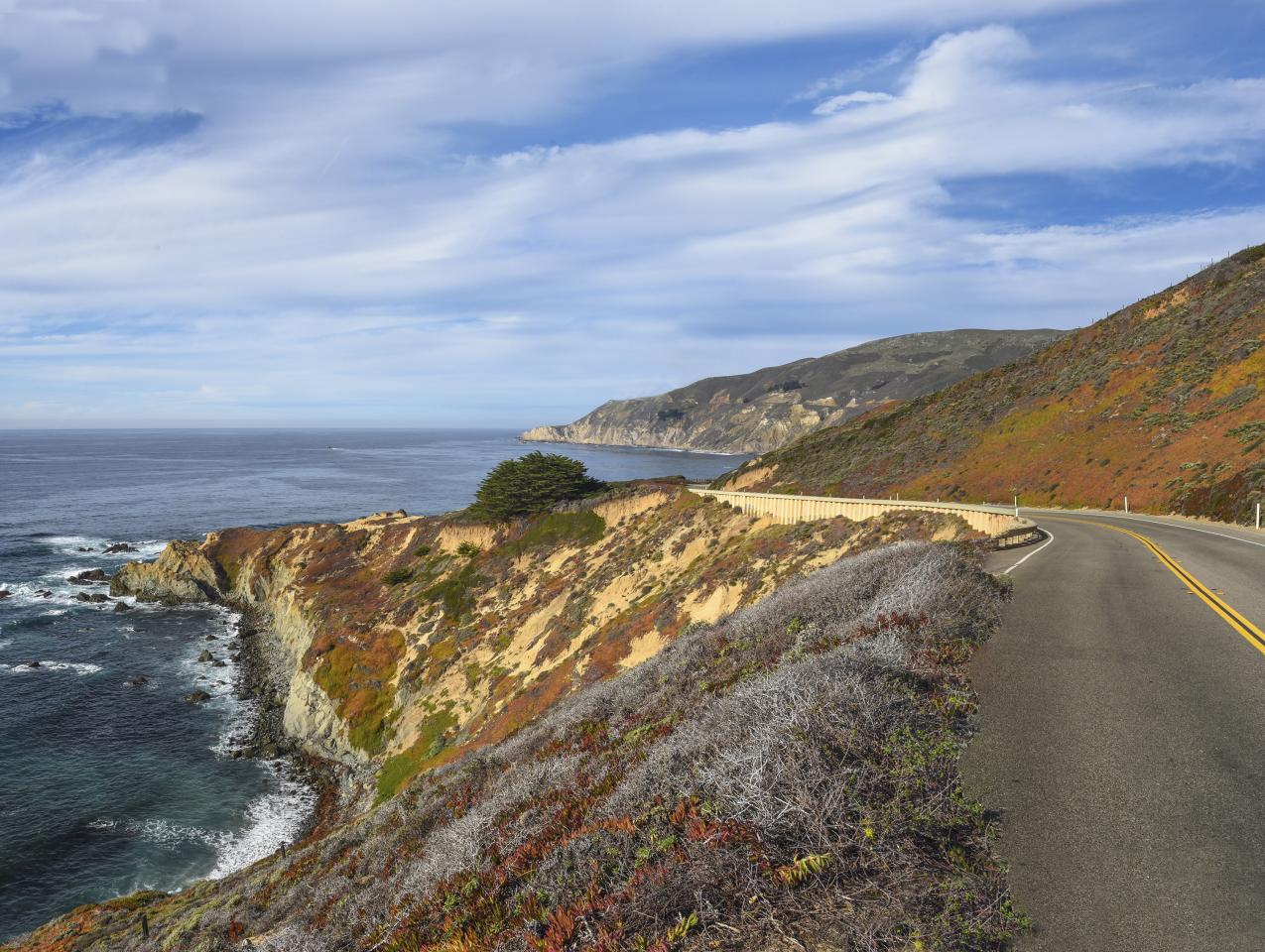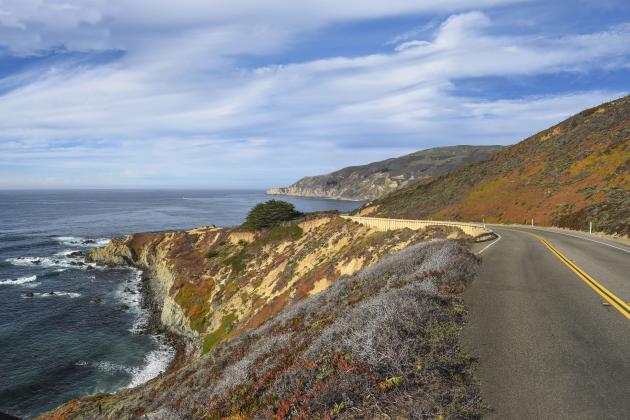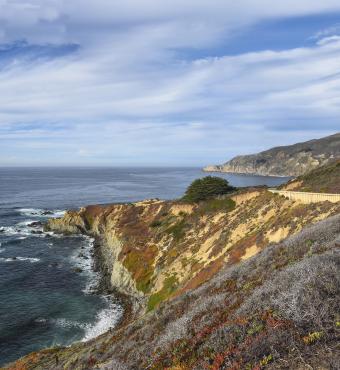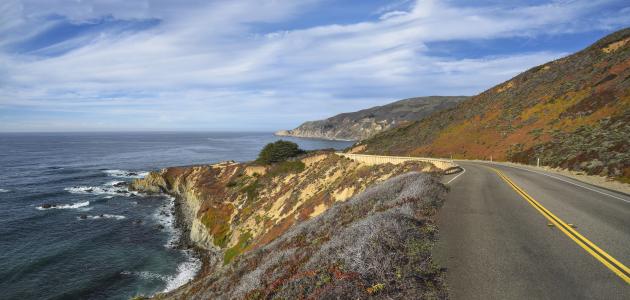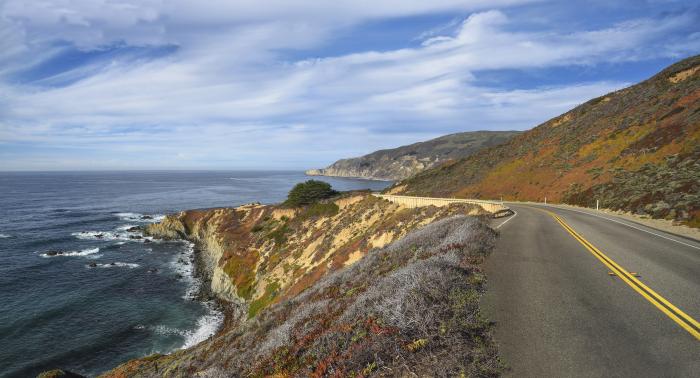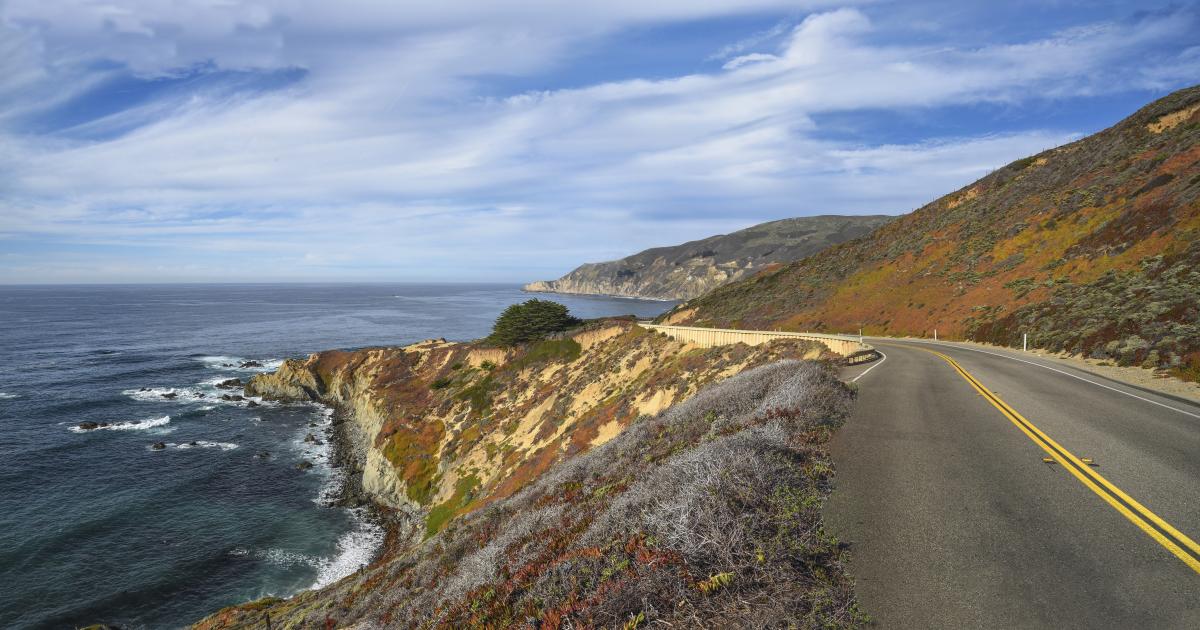- Politics, Institutions, and Public Opinion
- State & Local
- California
If you haven’t mapped out your Memorial Day weekend plans, the good folks at CNN have this list of possible destinations.
Some of the suggestions are appropriate for this most somber of federal holidays—Nashville’s World War II Memorial on the grounds of the Bicentennial Mall, or a Memorial Day service of remembrance at a cemetery on Whidbey Island, which is north of Seattle.
And there’s perhaps the most picturesque ceremony of all: a wreath-laying at the Tomb of the Unknown Soldier, followed by presidential remarks at the amphitheater in Arlington National Cemetery.
California also made CNN’s list. The suggestion: “You can pay your respects to the fallen at the annual Memorial Day Flower Drop & Air Fair at the Palm Springs Air Museum. More than 3,000 red and white carnations are to be dropped from a B-25 Mitchell bomber at 1 p.m., but various flight exhibitions and activities are scheduled all day long.”
You’ll notice that CNN didn’t come up with anything for California’s largest cities (Palm Springs, with slightly under 50,000 residents, doesn’t make California’s top 100).
What does this say about the Golden State?
First, it could be interpreted as something of a reflection of where California stands in a post–Cold War world.
Fifty years ago, the military presence in California was hard to miss. Los Angeles had a naval station and shipyard in nearby Long Beach. San Francisco had a busy naval shipyard and, across the bay, a naval air station in Alameda that housed aircraft carriers, plus another shipyard in Mare Island that built and refurbished submarines. Sacramento had four Air Force bases within an hour’s drive.
Today, most of those facilities are gone, victims of a defense realignment following the collapse of the Soviet Union (in government-speak, this is known as BRAC—“Base Realignment and Closure”).
But does that mean Memorial Day likewise is a casualty of a nation no longer on a doomsday footing—and California a nation-state no longer as dependent upon the military-industrial complex?
The problem with California may not be forgetfulness so much as it is callousness. Take, for example, the creative forces at the California Avocado Commission, who equate sacrifice to the nation with what’s available at your local grocer: “Memorial Day is a time to honor those who lost their lives serving our country and it is a time of American pride,” reads a commission press release. “For many produce departments, it is also the unofficial kick-off of summer merchandising.”
That’s tacky, as are all sales and commercial gimmicks that somehow try to wed military valor to the likes of mattress and automobile sales.
I have a dear friend who studies military affairs for a living and has taught future officers at West Point. Over the course of the Memorial Day weekend, my friend doesn’t visit a cemetery. My friend goes off the grid. Such is the depth of my friend’s despondency over the notion of so many men and women who surrendered their lives to freedom’s cause.
How then to honor the fallen this weekend?
First, help differentiate between Memorial Day (formerly called Decoration Day and slotted for late May so as to ensure plenty of blooming flowers for gravestones) and Veterans Day (which began as Armistice Day, in honor of World War I’s end).
The former honors those who died in service to their country; the latter pays tribute to all who have served. If you have children, please: drill this into their minds.
Next, stop by a prominent university, if one happens to be nearby.
A good choice: UCLA. More than 260 UCLA students, faculty, and alumni were killed in World War II—only Harvard suffered more casualties. A Bruin, seaman 2nd class, was aboard the USS Arizona when it exploded at Pearl Harbor; nine died nearer to the war’s end during the Battle of the Bulge; and another seven died during the Okinawa campaign.
Third, try to find time to visit a military cemetery. There are nine national cemeteries in California, in addition to four veterans’ cemeteries run by the state.
Take a look around and see if the grass is manicured and the headstones pristine. Two years ago, a retired Navy captain visiting the Mare Island Naval Cemetery, the West Coast’s oldest military cemetery, stumbled upon a resting place in disrepair—neglected pepper and eucalyptus trees, invasive roots, headstones dating back to the 19th century held up by logs.
Work is under way to clean up the Mare Island cemetery. Such a state should never happen at any military resting place in California—or anywhere in America, for that matter.
Finally, while you’re in the cemetery, make sure you’ve brought some spare change, no simple task in this cashless society.
Why the coinage? It’s tradition (the ancient Greeks left coins on the eyes of fallen warriors to pay Charon the Ferryman to transport their souls across the River Styx and into the afterlife)—and respect.
Leaving a penny on a military headstone means you’ve visited and paid your respects.
A nickel means you and the deceased went through boot camp or basic training together.
A dime means you served together.
As it’s Memorial Day, keep an eye out for quarters. A 25-cent piece means that whoever left it was with the veteran when they were killed.
What happens to the coins after Memorial Day? They’re rounded up and used to help cover the costs of cemetery maintenance and veterans’ internments (one place where this is happening: John McCain’s gravesite at the US Naval Academy Cemetery).
Enjoy the weekend.
And take a moment to remember those who sacrifice made sure that we continue to enjoy the fruits of a free society.







